
By Allyson Kouao, Associate Solution Architect at Red Hat.
Less than two years after graduating university, Red Hat’s Allyson Kouao was shortlisted as a Rising Star by Everywoman in Tech Awards. Alongside outstanding achievements in her day job, the nomination also recognised her voluntary efforts in creating a new UK & Ireland chapter of Red Hat’s global community “Blacks United in Leadership and Diversity” (B.U.I.L.D.). Here she tells the story of how she did that, and what other budding community builders can learn.
Ada Lovelace Day (celebrated on the second Tuesday of October) is always a welcome moment to remind ourselves there is still a lot to do to leverage women working in technology. October is also Black History Month where I live in the UK. The timing may be coincidental, but it should also prompt us to look at diversity in all its guises; true progress is when we include all groups.
As a black woman working in technology, I have discovered the impact of community efforts on both fronts. By bringing people with shared and disparate interests together, progress can be made further, and faster. I started at Red Hat shortly after graduating from university. Other than being a STEM Ambassador for the university, I didn’t have much experience of outreach, so I needed to figure it out as I went along.
Here are my top tips for others looking to build a community.
See what else exists
You are never completely alone. Look around your organisation and sector to see what other communities are already out there that you can buddy with. In my case, there was already a global B.U.I.L.D. community out of the US, the first employee-led movement at Red Hat to organise around improving leadership opportunities and career pathways for black colleagues. Not only did their brand equity open doors for me; they remain a constant source of advice. We also have an active Pride community at Red Hat, and its leaders advised me on how to get the new chapter rolling.
Articulate the opportunity
Sometimes, it’s obvious a problem exists. Other times, data can help make your case. There is no shortage of diversity and inclusion research, and most large organisations are now legally required to report on their own progress. That said, some people can find numbers too abstract and easy to overlook. Nothing hits home like a real-life recount. Find these, and amplify them. For example, we ran a campaign called 14 Days to a More Knowledgeable You in which we shared daily content – through articles, podcasts and personal stories from B.U.I.L.D. members – to share personal experiences and insights on a range of topics.
Start small, build slow
Sustainable change is best done from the bottom up. So don’t rush it. Build your army of advocates, conversation by conversation. For one thing, it’ll allow you to gauge interest levels. But more importantly, people who feel marginalised may be reluctant to join formal groups.
Welcome everyone
When I first established B.U.I.L.D in the UK, I was asked: “Can I join? I’m not black.” The answer I advocate is ‘yes’, because the journey to inclusion is a team effort – not solely that of the underrepresented group – as we continuously work on empowering, supporting and becoming more knowledgeable versions of ourselves.
In B.U.I.LD. UKI, the input of our non-black colleagues has been crucial in understanding how to further our reach and influence more effectively. As a leader of a community, you need to demonstrate that same appetite to engage beyond your own group. At Red Hat, I am a member of a variety of communities, including our Neurodiversity, Pride and Women’s Leadership communities.
And then there’s the practical benefit of inclusivity; the bigger your community, the louder your voice, and the more you can do.
Balance out the heavy
Even if change is the name of the game for your community, don’t let it override enjoyment. Celebration is important too, and can be a very powerful motivation technique. Any manager will tell you that people having fun are more engaged and productive. The same goes for a community.
The social calendar at B.U.I.L.D has always been a key part of what we do. It includes film clubs, quizzes, cook-alongs and an online space where we can share music, writing, recipes… giving everyone the choice to get involved in the ways they choose to.
For those who feel isolated or lack confidence, these events and forums are often the easy introduction they need. Others may be attracted to the fun first, and the supporting context after. The key is to get the balance right. That will be unique for each community. Flexibility matters too; striking the right tone for the social and political moments of the time. Listening to your members is how you find those sweet spots.
Don’t obsess over end goals
A vision for the future is inspiring; defining an end-state can limit your creativity. For starters, end-states usually mean numbers, which can feel abstract and a bit random, especially the further to the future you look. They can also be misleading. For example, it is important to keep a close eye on organisations that parade their recruitment diversity statistics, but fail to share retention and career progress data.
Objectives can be subjective too. You might spend more time as a community defining your end goals than actually doing anything about them. The world changes pretty fast; what may be important to your community now could be superseded next year. Therefore, anchoring yourself to a set of targets may limit your freedom to move in new directions.
Overall, a community should be about creating and sharing experiences; overcoming challenges as one, advocating for each other, celebrating together, being in the moment.
Make the commercial case
Many organisations talk a good game about supporting their community groups, but some may need a prod on how to actually back that up. Workplace communities are an integral part of employee welfare, and are critical to productivity and profitability too. They should be funded and resourced to give them the best chance of making a positive difference.
If an organisation is tone deaf to their moral obligations, then there is plenty of evidence on the commercial benefits that active communities bring. Find the proof points that make your community a compelling business case, and present it like any other investment opportunity.
Be kind to yourself
If your community falls short of your expectations, that’s ok. It’s good to have expectations sometimes, so you know where to continue to develop. Even if you have decided that building a community isn’t for you, think about the new contacts you’ve made and all the transferable skills you’ll have developed; communication, marketing, project management, stakeholder relations, and leadership, to name a few.
And beyond all that, there’s the personal triumph to take away — that you are contributing and making a difference. In a world where empathy and emotional intelligence are increasingly being seen as hallmarks of future leaders, the experience will stand you in great stead.
About Red Hat
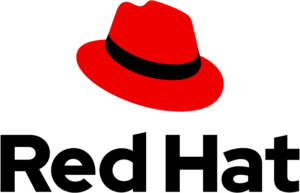 Red Hat is the world’s leading provider of enterprise open source software solutions and services, using a community-powered approach to deliver reliable and high-performing Linux, hybrid cloud, container, and Kubernetes technologies. Red Hat helps customers develop cloud-native applications, integrate existing and new IT, and automate, secure, and manage complex environments. Follow Red Hat on Twitter: @RedHat
Red Hat is the world’s leading provider of enterprise open source software solutions and services, using a community-powered approach to deliver reliable and high-performing Linux, hybrid cloud, container, and Kubernetes technologies. Red Hat helps customers develop cloud-native applications, integrate existing and new IT, and automate, secure, and manage complex environments. Follow Red Hat on Twitter: @RedHat
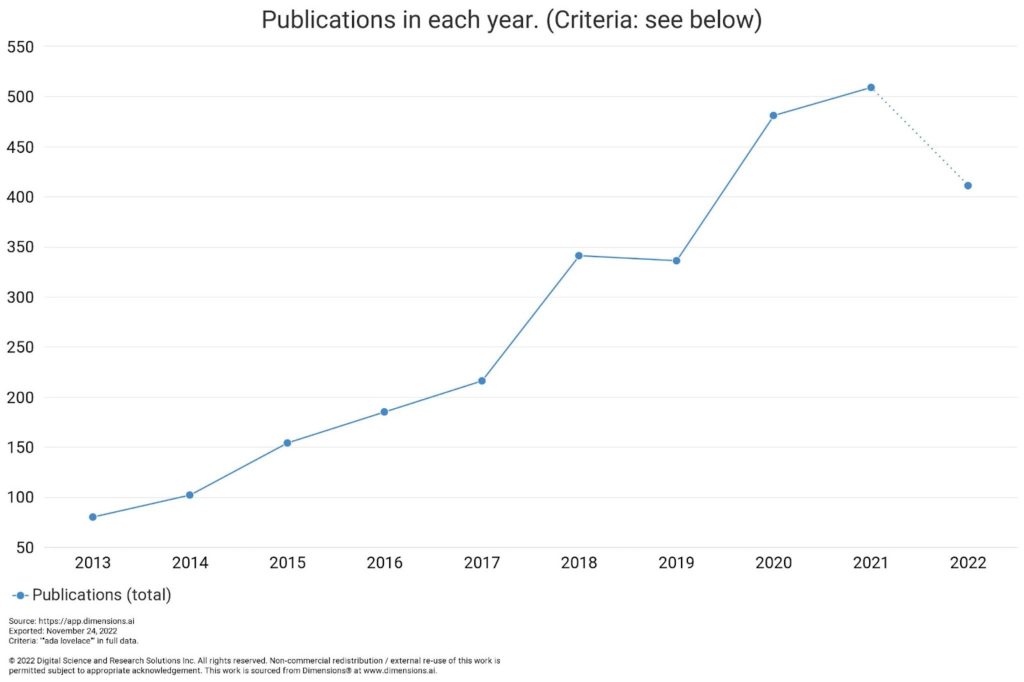
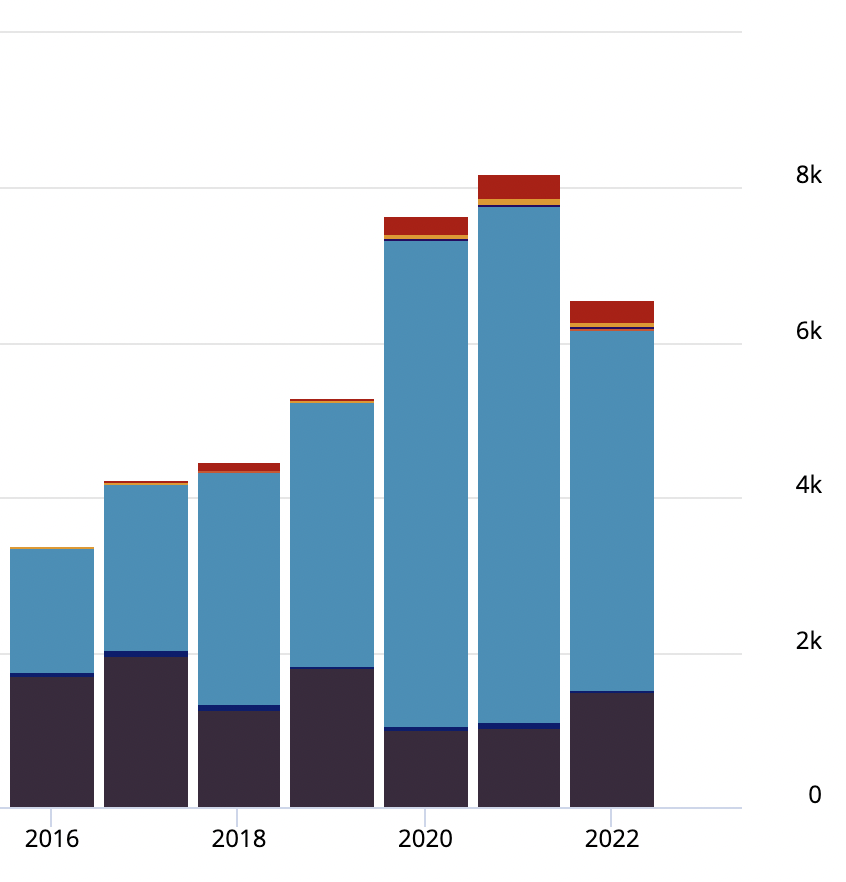
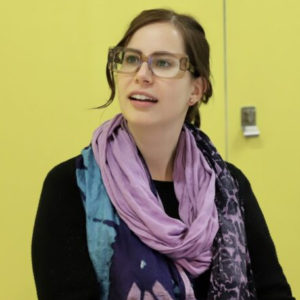 I’m not a super techie person and yet I spend at least 35 hours every week working in technical teams, designing and building digital public services. Beyond
I’m not a super techie person and yet I spend at least 35 hours every week working in technical teams, designing and building digital public services. Beyond  dxw is a leading employee-owned digital agency that works with the public and third sectors. Our employees are based across the UK. We get together for work and social things at our Leeds HQ and London hubs. We’ve made it our job to fix some of the really difficult stuff in government. We’re proud to have supported critical national infrastructure through the pandemic, including NHS England and Homes for Ukraine. We help organisations shape their strategy and design, build and run better digital public services. We work in the open wherever we can, you’ll find the way we work in
dxw is a leading employee-owned digital agency that works with the public and third sectors. Our employees are based across the UK. We get together for work and social things at our Leeds HQ and London hubs. We’ve made it our job to fix some of the really difficult stuff in government. We’re proud to have supported critical national infrastructure through the pandemic, including NHS England and Homes for Ukraine. We help organisations shape their strategy and design, build and run better digital public services. We work in the open wherever we can, you’ll find the way we work in 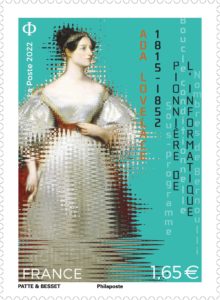 The French post office, La Poste,
The French post office, La Poste,